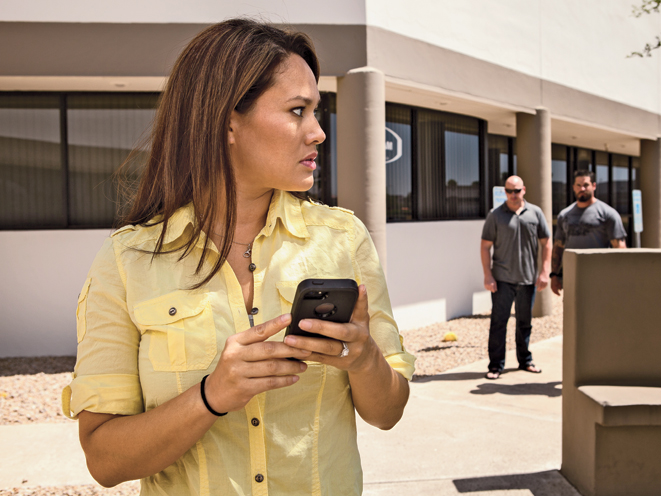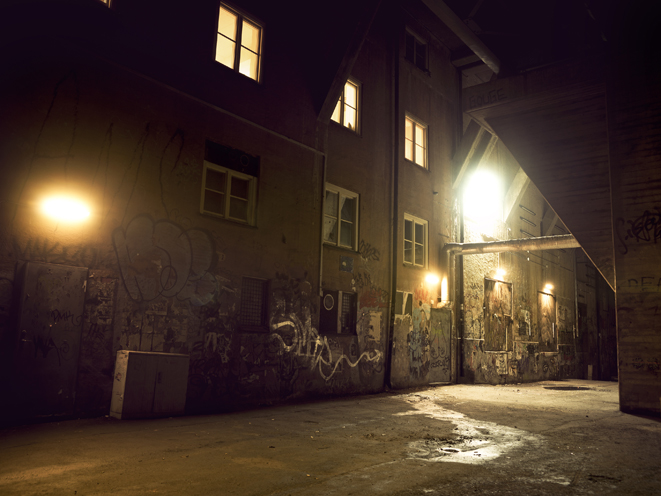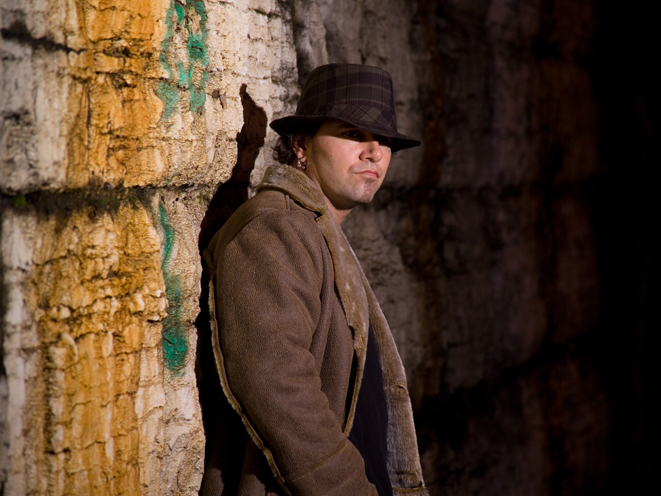Founder of Gunsite Academy, Lieutenant Colonel Jeff Cooper was a World War II and Korean War combat veteran—an American hero. He was also an author, columnist, and professor with a focus on firearm instruction for military, law enforcement, and civilians. Col. Jeff Cooper was also a proponent of personal safety and developed his Color Code of Situational Awareness. This guide has been a successful guideline for civilians to practice situational awareness, without verging on paranoia.
The Col. Jeff Cooper Color Code of Situational Awareness
“I never saw him coming.”
“He came out of nowhere.”
Advertisement — Continue Reading Below
“I had no idea he was there.”
These are phrases uttered by people who end up in bad situations. They did not see the danger or threat before it became a serious problem.
Situational awareness is a term shared in countless classes and training programs, yet few people discuss in detail what it really is. It is much more than some tactical, combat-centric skill set. It is as much of a lifestyle as it is a skill.
Advertisement — Continue Reading Below
The applications of this awareness are infinite and reach into all aspects of our daily lives. In the most basic way, situational awareness is about being plugged into your environment and the people in it.
There have been sages in the past who have expressed exceptional summaries of the need for this awareness. One of the most respected was Colonel Jeff Cooper. Originally meant for military applications, the principles he shared quickly spread to those concerned about their self-defense.
Ready To Respond

Advertisement — Continue Reading Below
Colonel Cooper designed a color code chart that associates levels of awareness to specific colors. By understanding how we process danger, we can formulate a method to train ourselves to be more aware.
Condition White
This represents a state of complete unawareness and unpreparedness. In this state you are oblivious to things going on around you and are exceedingly vulnerable to attack. When you are at a restaurant or bar, it is easy to spot the people in condition white, they are typically on their cell phone, with no concern for what is going on around them.
Likewise, you see the same pattern walking down the street, or even driving. Obviously, when you are driving you should be completely aware of your surroundings—that should go without saying. But when you are walking down the street or out for a jog, refrain from using headphones or playing on your phone. And keep your head up.
Advertisement — Continue Reading Below
Criminals look for people living in condition white because they are easy prey. Don’t be easy prey.
Condition Yellow
This represents a state of relaxed alert. There is no specific, obvious threat present, but you are aware that danger is always a possibility. You are aware of people around you as well as the environment in general. Condition Yellow is our goal state for everyday life.
Back to the restaurant or bar scenario, you don’t have to be paranoid, just be aware. You are in public, put the phone down and participate in life. It’s possible you will be surprised at the things you see. But more importantly, you will be able to spot trouble. Likewise, if trouble spots you it will typically skip you for someone in condition white.
Advertisement — Continue Reading Below
While in condition yellow, it is important to take this time to become familiar with your surroundings. Where are all of the exits? Is there anyone that looks like they could become a potential threat? Does anyone or anything look out of place? What is the pathway to the kitchen (there is typically another exit into/out of the kitchen)? Etc.

Condition Orange
This is a heightened state of awareness in which you observe or are aware of a specific threat. In this condition, you are beginning to formulate possible responses to deal with the danger. An example of this is when you realize that a threat is indeed following you or advancing toward you.
Advertisement — Continue Reading Below
Unlike condition yellow, which is more passive yet still engaged, condition orange is an active state of awareness. This is when you will determine the level of the threat and start formulating a plan, preferably utilizing the information you gathered in condition yellow. You will also begin more fact gathering.
Can you exit the area safely? If you exit the area, will the threat follow? Or will this provide distance between you and the threat?
If it turns into an active engagement, are you armed and can you access your weapon easily? Where is the best location to make a stand? If you are unarmed, are there any items in your vicinity that can be used as improvised weapons? Etc.
Advertisement — Continue Reading Below
Prepare to become a hard target.
Condition Red
The level of awareness for condition red is essentially the byproduct of having to take action from Condition Orange. This is the stage that is associated with action. Things have escalated to the point where you are either engaging a threat or are in retreat. It is physically and mentally exhausting to be in Condition Red, as it demands that you be 100-percent dedicated to the danger at hand.
Once you are in condition red, it is go time. This is when you put everything together from condition yellow and condition orange and work the plan.
Advertisement — Continue Reading Below
Become a hard target.
Everyday Defense
Our goal is to maintain a Condition Yellow in our daily lives. This is the base level of awareness and the springboard for any further escalations in conditions. Staying at Condition Yellow in everyday life allows us to be aware of our surroundings and better protect ourselves from threats.
This applies to driving in rush-hour traffic as much as it does personal protection situations. The ability to stay in Condition Yellow takes conscious effort in the beginning, but it will shortly become second nature. The methods used to help with this can be turned into life games.
What color was the car you parked next to? How many people were sitting near the park benches? Small exercises like this can enhance your base level awareness skills.

























